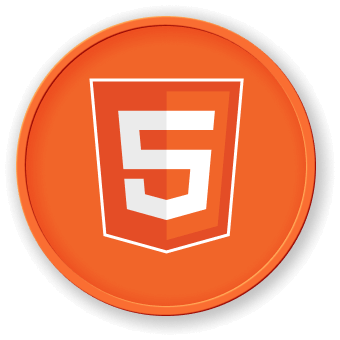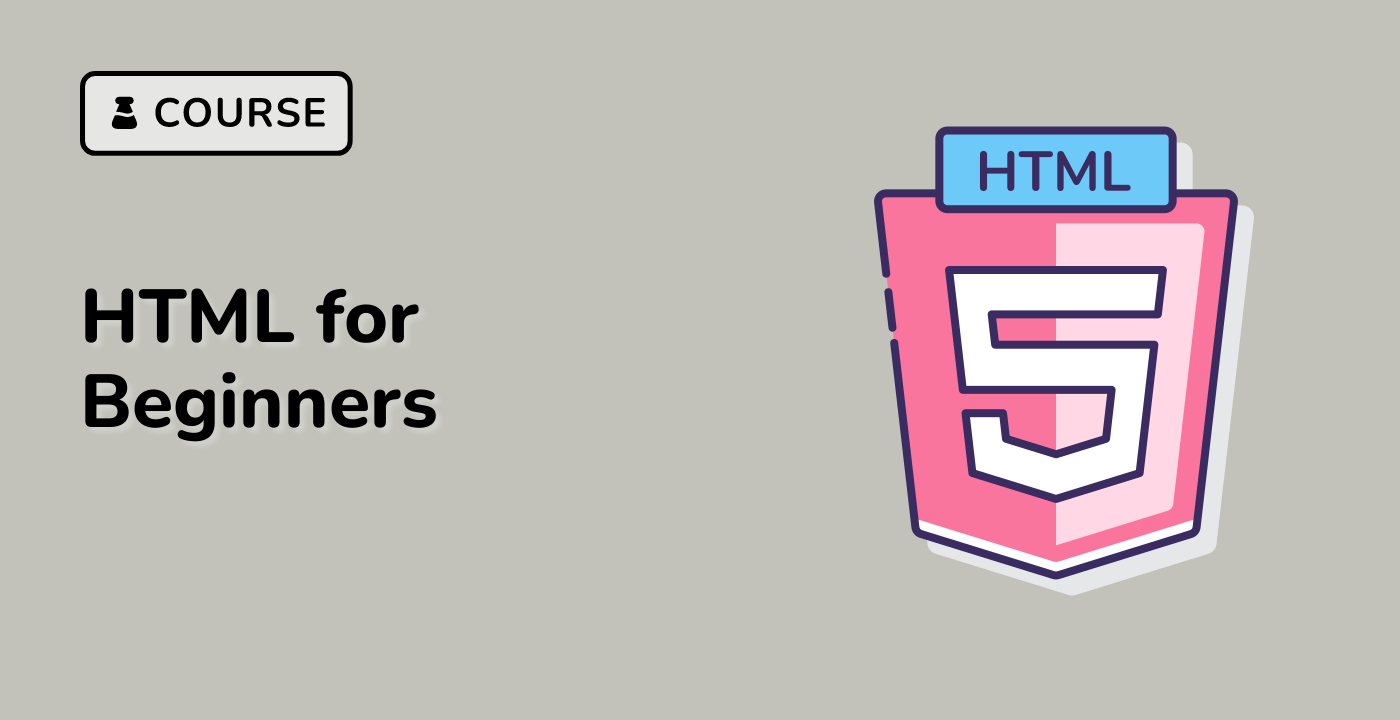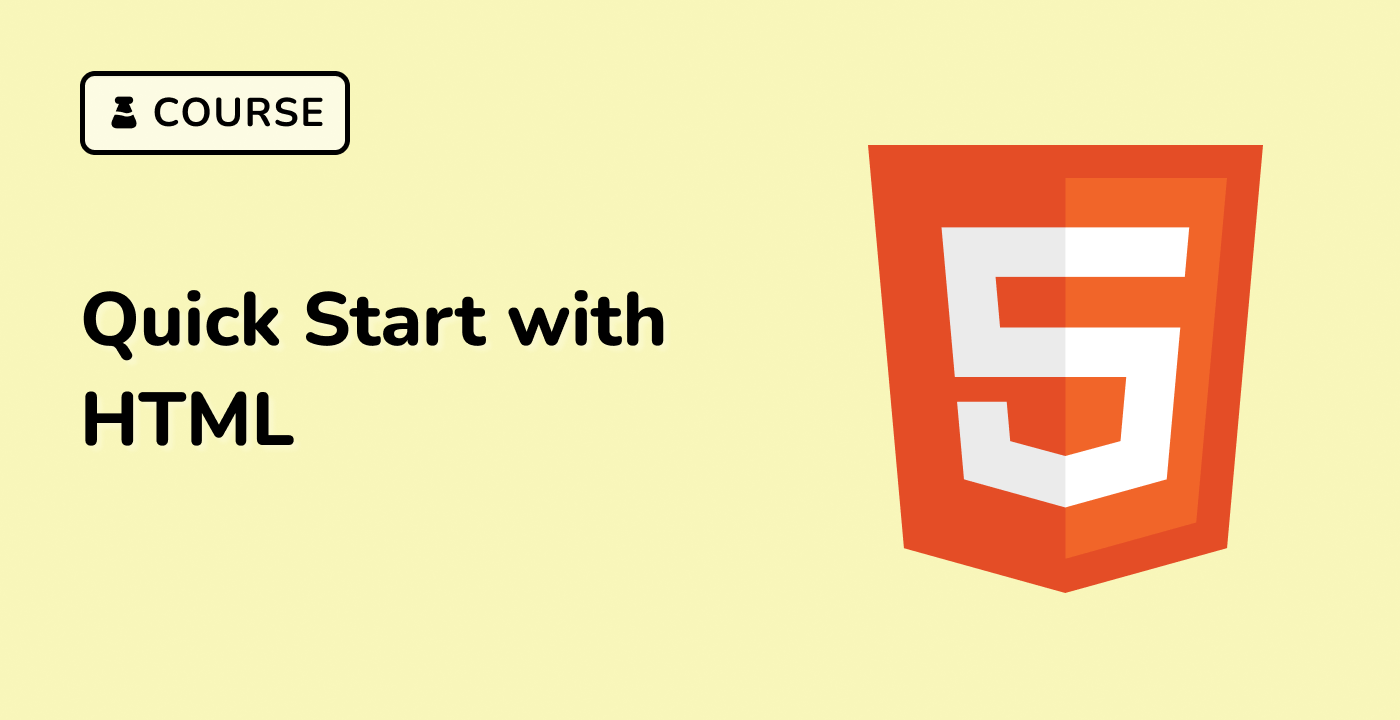Introduction
HTML Event Attributes are used to add functionality to HTML elements. When a certain event occurs, such as a user clicking on a button or submitting a form, JavaScript code can be executed. In this lab, you will learn how to use HTML Event Attributes to add interactivity to your web pages.
Note: You can practice coding in
index.htmland learn How to Write HTML in Visual Studio Code. Please click on 'Go Live' in the bottom right corner to run the web service on port 8080. Then, you can refresh the Web 8080 Tab to preview the web page.




